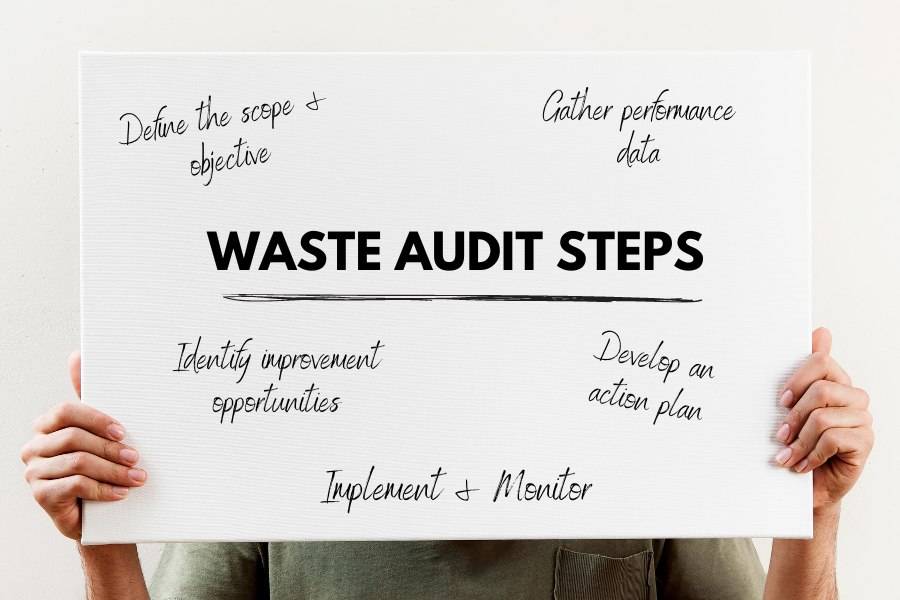Waste Audit
May 12, 2023
Whether we are heading into an economic downturn or not, conducting a waste audit in your business is a smart idea. Wasted resources have an obvious effect on your bottom line and can expose you to risk, along with de-motivating team members and potentially fuelling staff turnover.
If you are not familiar with the concept, a waste audit involves examining each area of the business to identify inefficiencies, poor processes, low return on investment, lack of investment and unnecessary expenses. The outcome is a streamlined, efficient, and productive workplace that is appropriately resourced, is financially viable and has defined targets and KPIs.
The first step in undertaking a waste audit is communicating with your team. This project needs to be positioned as a regular process (potentially run annually) designed to support the performance of the business and provide a happy, safe workplace. At this point forming a tight ‘audit’ team provides an opportunity for concerned or vocal employees to get involved, have input, or be kept regularly informed of improvements.
Waste Audit Steps:
1. Define the scope and objective of the audit. You may wish to focus on one department (for example, operations) or one objective (for example, reduce re-work), or do a business-wide audit.
2. Gather performance data. This should include all financial data (e.g., debtor days), KPIs (e.g., job turnaround) and feedback from team members and potentially customers. A useful tool for gathering ‘soft’ data is the Six Sigma management technique, which helps identify core problems rather than symptoms.
3. Analyse data. Patterns (e.g., increasing labour costs), recurring issues (e.g, late deliveries), or primary issues (e.g. staff turnover) should be the focus and act as a baseline for future measurement e.g. staff turnover for the last 3 years has been 20%. The cost to the business is reduced productivity and reduced customer retention.
4. Identify improvement opportunities. You may want to split this into quick wins and longer-term wins, depending on your audit objective and timeframes. Potential improvements are likely to take the form of new processes, documenting processes (always a favourite!), new suppliers (or supplier agreements), new equipment (or upgraded equipment), or staff training (hint: this is nearly always required).
5. Develop an action plan. Map out the tasks, milestones, deadlines and who is responsible, who needs to be consulted, who should be informed and who is doing the work.
6. Implement and monitor. Communicate the audit action plan to your wider team – they are more likely to support it if they understand what is happening and why. Ensure you have KPIs and targets in place with a deadline to measure the impact of the changes. This will also hold people to account. If you are concerned about not seeing change, you may want to consider getting an external, objective expert to assist. You can also check out our Change Success Diagnostic. Make sure you celebrate the improvements.
7. Rinse and repeat. The power of this process cannot be overstated. Whether you do a deep dive into one part of the business or review the whole organisation, your bottom line will be better off. Your team will feel happier. Your suppliers will be held to the highest standards and understand your expectations. Your customers will be delighted and impressed. But most importantly, the business is in the best possible position to respond to changes in the economy.
The Sudburys team has specialists in strategy, finance, people, sales, marketing and analytics so can help you implement a waste audit in your business. Just give us a call on 09 430 4888 to talk through your needs.
